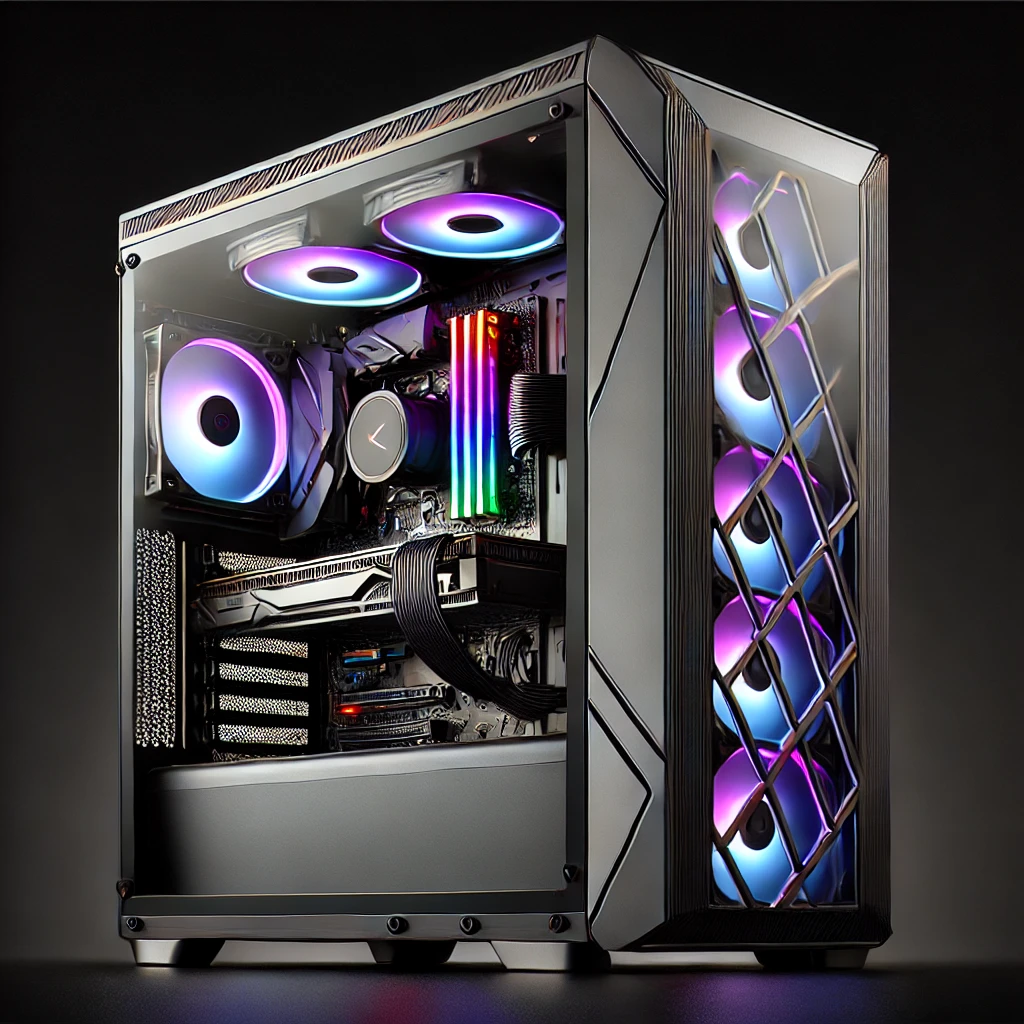Your cart is currently empty!
Digital art is as much about the tools as it is about talent. For artists venturing into the digital realm, Krita offers a versatile and customizable workspace that can be tailored to individual needs and workflows. In this blog, we’ll walk you through setting up a custom workspace in Krita, ensuring your digital environment is as unique and conducive to creativity as your art.

Getting Started with Krita
Krita is a powerful open-source painting program, popular among digital artists for its extensive customization options. Before diving into setting up a workspace, ensure you have the latest version of Krita installed. You can download it from Krita’s official website.
Understanding Krita’s Default Workspace
Upon launching Krita, you are greeted with its default workspace. This includes a toolbox on the left, tool options at the top, advanced color selector on the right, and layers, brush presets, and other docker panels. While this setup is functional, the beauty of Krita lies in its ability to be molded to your preferences.
Steps to Customize Your Workspace in Krita
- Familiarize with Dockers: Dockers are the panels within Krita that house various tools and features. Familiarize yourself with them by exploring the ‘Settings’ menu and selecting ‘Dockers’. Here you’ll find options like Layers, Brush Presets, Color Wheel, History, and more.
- Arrange Your Tools: Click and drag dockers to rearrange them on your screen. You can dock them on any side of the workspace or let them float freely. Think about the tools you use most frequently and place them within easy reach.
- Customize Toolbars: Right-click on any toolbar to customize it. You can add or remove buttons according to your workflow needs. This includes shortcuts for brush size, zoom, rotation, and more.
- Selecting and Modifying Brushes: One of Krita’s strengths is its vast selection of brushes. Spend time trying different brushes and create a custom set for your usual tasks. You can modify existing brushes or create new ones under the ‘Brush Presets’ docker.
- Saving Your Workspace: Once you’re satisfied with your setup, save it. Go to ‘Window’ > ‘Workspace’ > ‘New Workspace’, and give it a name. You can create multiple workspaces for different types of projects.
Tips for an Efficient Krita Workspace
- Prioritize Accessibility: Place the tools you use most frequently in the most accessible locations.
- Utilize Keyboard Shortcuts: Krita allows for extensive use of keyboard shortcuts. Customize these shortcuts in the ‘Configure Krita’ dialog under ‘Keyboard Shortcuts’ to speed up your workflow.
- Consider a Dual Monitor Setup: If you have access to a second monitor, use it to house additional dockers or reference images, keeping your main canvas uncluttered.
- Regular Updates: Keep Krita updated to access the latest tools and features.
Conclusion
Customizing your workspace in Krita can significantly enhance your digital painting experience. By tailoring the program to fit your unique style and workflow, you create a digital environment that feels intuitive and inspiring. Remember, there’s no one-size-fits-all in art, so don’t hesitate to experiment and adjust your workspace as your needs evolve.
In our next blog, we will delve into “Advanced Brush Techniques in Krita”, exploring how to maximize the potential of Krita’s brush engine for stunning digital art creations.
Keywords: Krita, digital art, custom workspace, painting program, dockers, toolbars, brushes, keyboard shortcuts, dual monitor setup, creative workflow.
Discover more from LithGeek Custom Gaming Computers
Subscribe to get the latest posts sent to your email.
by
Tags:


